How to Get Your Child into Cricket: A Practical Guide
Cricket is woven into the fabric of British sport, but it’s not always clear how to get started, especially for parents whose children show an early interest but have never played before. Whether your child dreams of being the next Ben Stokes or just wants a go with bat and ball, grassroots cricket in the UK is more accessible than ever.
This is something I’ve become really familiar with in recent years.
We are a cricket family, and the boys have both been playing in teams for a few years now. You have probably seen a lot of cricket content on my social media pages too, of us all going to watch cricket, the boys playing a game of cricket, and me being relegated to the sidelines with other cricket parents.
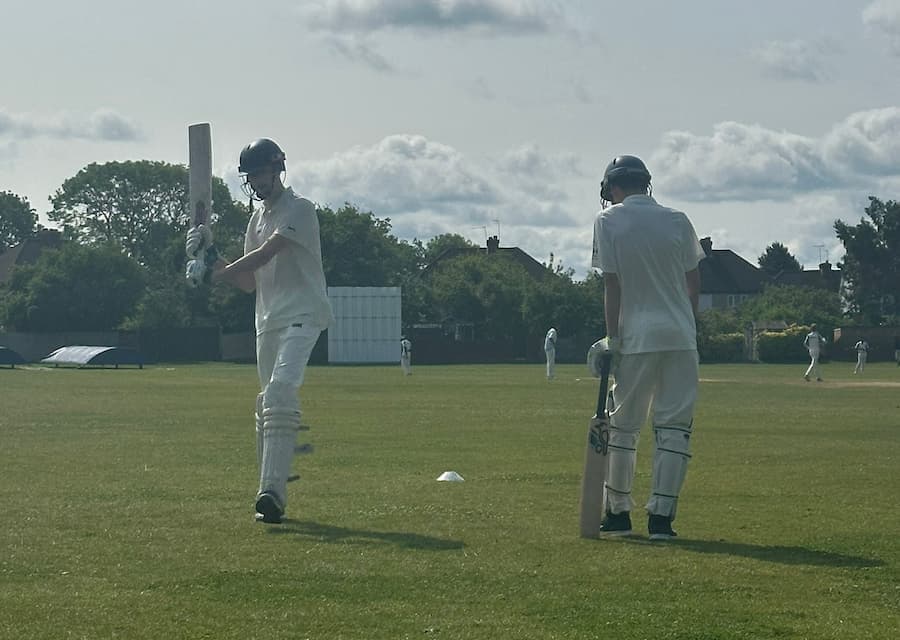
Here’s a guide to help parents understand how to get their children involved in cricket—from local clubs and national initiatives to kit, costs, and what to expect during the season.
Why Cricket?
Cricket offers more than just physical benefits. It encourages teamwork, concentration, patience, and resilience—all valuable life skills. For younger children, it’s also a fun, social way to spend time outdoors and build up their skill level. It was a simple choice to make, as both boys love sports and enjoy watching cricket, so it was a natural progression for them to start playing.
Plus, with shows like Freddie Flintoff’s Field of Dreams highlighting how talent can be found in unlikely places, cricket is shedding its stuffy image and opening doors to kids from all walks of life. You don’t need to find an expensive cricket academy; you simply need to know where to look for local cricket clubs.
Grassroots Cricket in the UK: Where to Start
The England and Wales Cricket Board (ECB) has made great efforts to make cricket accessible to children of all backgrounds and abilities to help everyone develop core cricket skills..
All Stars Cricket (Ages 5–8)
This is a fantastic entry-level programme for young children to introduce them to being cricket players and get a taste for the game. It focuses on fun, teamwork, and basic skills. When they sign up, kids get a personalised shirt, bat, ball, and backpack.
- Sessions: 8-week blocks, held at local clubs during spring/summer
- Cost: Around £40–£50 for the full programme
- Find out more: www.ecb.co.uk/play/all-stars
Dynamos Cricket (Ages 8–11)
For slightly older kids or those progressing from All Stars. Sessions focus on gameplay, with more structure and a chance to build confidence.
- Sessions: Run at clubs and schools, mostly outdoors
- Cost: Typically under £50
- Website: www.ecb.co.uk/play/dynamos-cricket
Junior Cricket Clubs (Ages 11+)
By the time your child hits their early teens, they may want to play competitive games and dive into the more technical side of things to explore their talent. Local clubs often run age-group teams (U11, U13, U15, etc.) with league fixtures, nets training, and more serious coaching. They may even undertake a more personal coaching course if it is available or affordable.
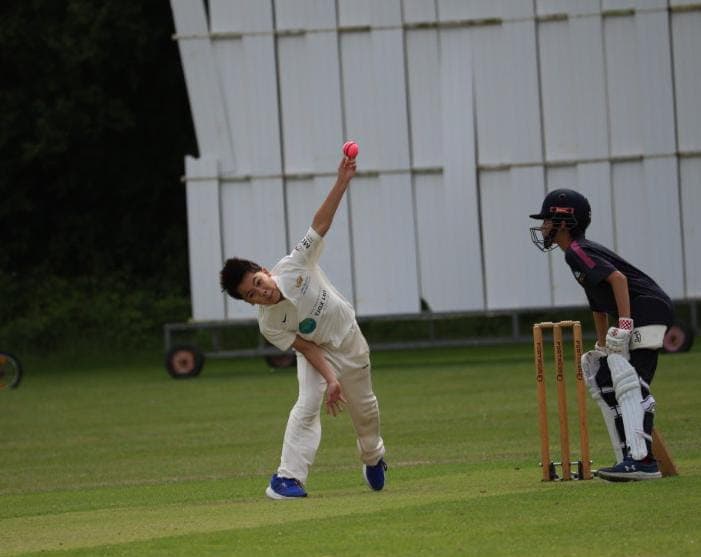
How to Find a Local Cricket Club
- Visit the ECB’s Club Finder: www.ecb.co.uk/play
- Ask at your child’s school or local leisure centre
- Check local Facebook groups or community noticeboards
- Attend a taster session—most clubs offer free trial days in spring
Don’t worry if you don’t have a cricket background yourself—clubs are friendly and very welcoming to new families.
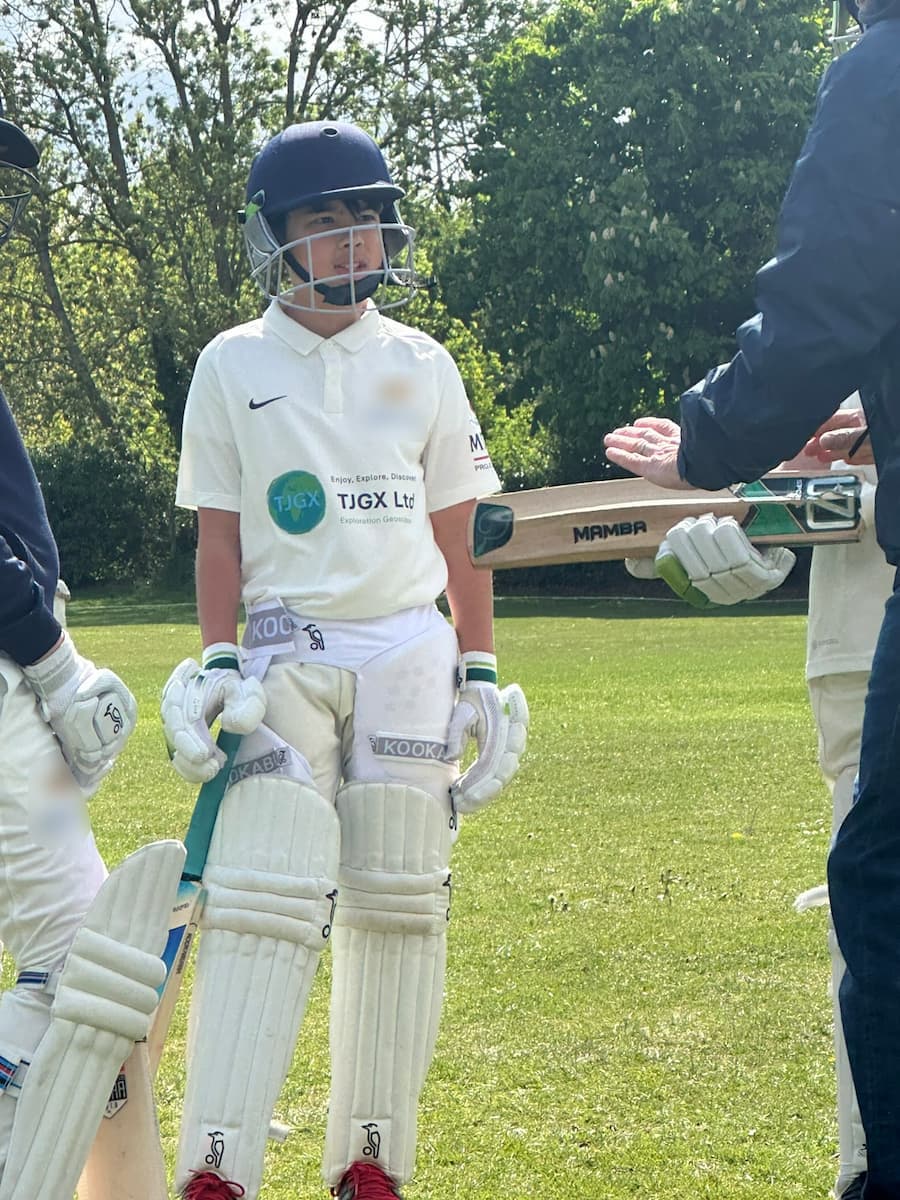
What Equipment Will My Child Need?
For beginners, the gear doesn’t need to be fancy. Many clubs provide shared kits, especially for younger age groups. But if your child sticks with it, you’ll likely need:
Essentials:
- Cricket bat (sized for your child’s height)
- Helmet (mandatory for hard-ball cricket)
- Pads and gloves
- Box (for boys and girls)
- Cricket whites or training kit
- Rubber-soled cricket shoes or trainers
Tip:
You don’t need to buy everything new. Try second-hand kit on Vinted, Facebook Marketplace or your local cricket club’s swap shop. Specialist shops like Decathlon or Sports Direct offer affordable junior gear too.
What Does It Cost?
Cricket doesn’t have to break the bank, but costs can vary:
| Item | Typical Cost (UK) |
| All Stars/Dynamos | £40–£50 (including kit) |
| Junior club membership | £60–£150 per season |
| Full hard-ball kit | £80–£150 (new) |
| Match/travel expenses | Varies by club |
Many clubs offer sibling discounts or instalment payment options. Some also run fundraising schemes to subsidise fees.
What’s the Time Commitment?
- Spring/Summer season (April–August) is when most training and matches happen.
- Expect one evening training session a week, plus occasional weekend matches.
- Indoor nets or coaching might run in winter, but these are usually optional.
Remember: it’s a game, not a grind. Your child doesn’t have to play every match to be part of the team.
Tips for Parents New to Cricket
- Bring a camping chair and layers – British weather is unpredictable, and cricket matches can last a while.
- Snacks, suncream and water are essential, especially during tournaments or warm days.
- Get involved – Most clubs are run by volunteers, and help is always welcome. Even if you’re not cricket-savvy, you can help with teas, admin or scoring.
- Encourage effort, not just performance – Skills and cricket fundamentals will develop, but confidence and enjoyment matter more in the early years.
Spotlight: Freddie Flintoff’s Field of Dreams
This BBC show followed cricket legend Andrew Flintoff as he set up a team in inner-city Preston, offering boys from disadvantaged backgrounds a chance to fall in love with cricket. It showed how talent can emerge when children are simply given a chance, and how cricket can unite, uplift, and inspire.
The takeaway for parents? You don’t need to spend thousands or know the game inside out. You just need to give your child the opportunity to learn the basics of cricket and go from there.
Final Thoughts
Cricket in the UK is more inclusive and family-friendly than ever. Whether your child wants to play a game of cricket casually or dreams of wearing the England kit one day and being part of the top cricket clubs in the country, grassroots cricket offers a welcoming start for every young cricketer.
With the right support, a pair of comfy trainers, and maybe a sunhat or two, you can get your child into cricket, and they will be stepping out to bat in no time.
Useful Links:
![[AD] We went to the newly opened Cha Sha Kingston a couple of weeks ago, and wow — taste bud adventure unlocked! The boys devoured the masala fries and chicken tikka rolls, while we couldn’t get enough of that epic kebab butter curry 😍🍛.
It’s amazing value for food this tasty (and everyone left happy and VERY full!).
Delicious food, vibrant vibes and incredible value — the perfect combo for your next meal.
📍Cha Sha Kingston
43 Surbiton Road, KT1 2HG
🌐 chasha.co.uk
Other Cha Sha locations in Birmingham, Ilford, Southampton and Wembkey
#ChaSha #ChaShaKingston #KingstonEats #FoodieFinds #UKFoodie #FoodReview #KingstonUponThames #FamilyEats #FamilyDining #FoodieKids](https://suburban-mum.com/wp-content/uploads/2016/02/574770541_18560351146016840_6855048070839528040_n-180x320.jpg)

![[AD] We’re a cricket-mad family, so we’re buzzing that @thehundred is back this August! 🏏🔥
To get ready, M tried out the official FREE Activity Pack — and it’s brilliant! 🙌
Packed with fun games, creative challenges and sporty tasks, it’s perfect for getting kids hyped whether you’re at home or on the go.
👉Download yours now (link in bio)
@londonspirit @ovalinvincibles #EveryMomentCounts #TheHundred
#EnglandCricket #CricketFamily #TheHundredCricket #LondonBloggers #Cricket #CricketIsLife #kidsfun](https://suburban-mum.com/wp-content/uploads/2022/11/505472555_18531279601016840_7092520074819907569_n-180x320.jpg)
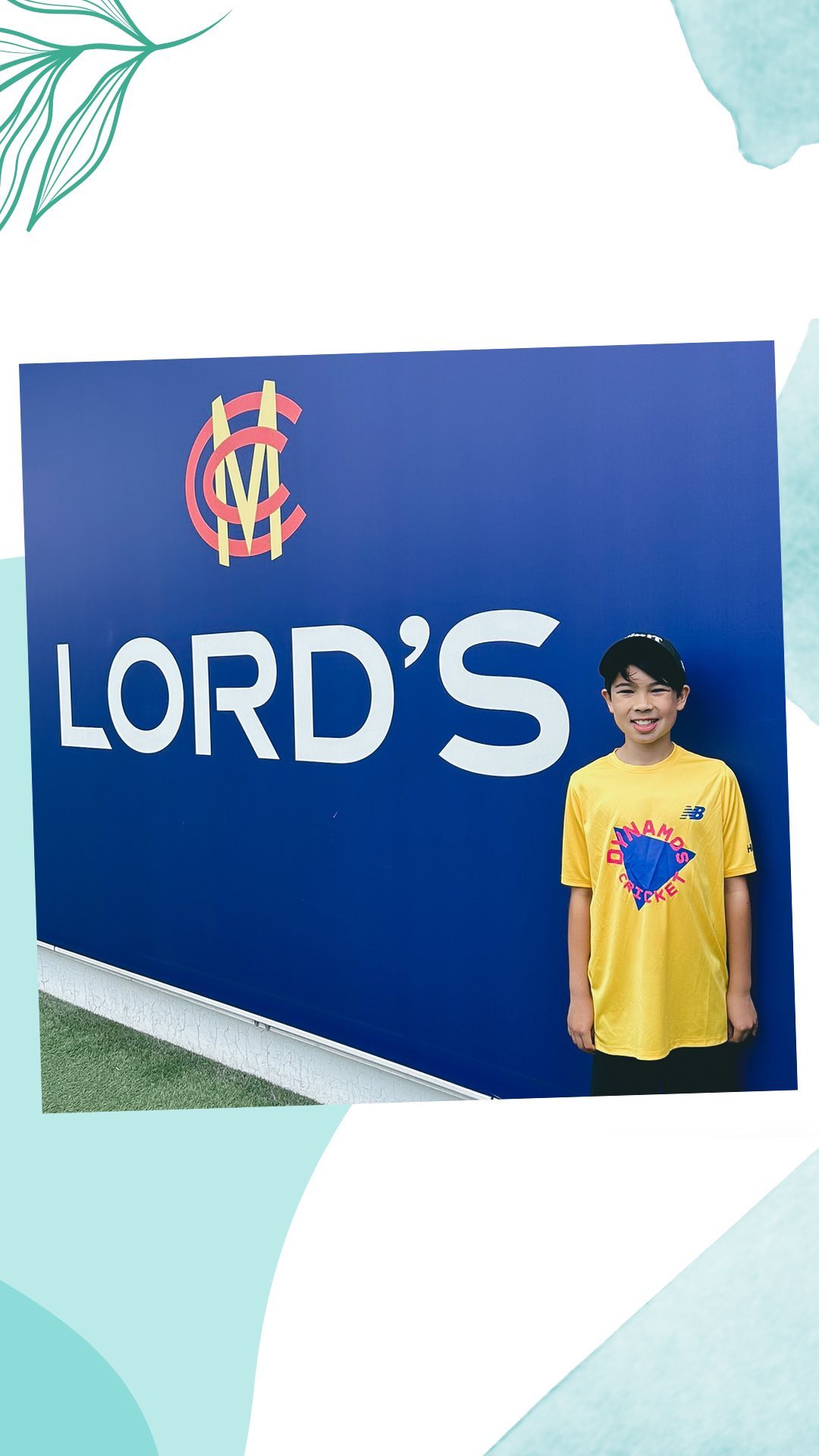
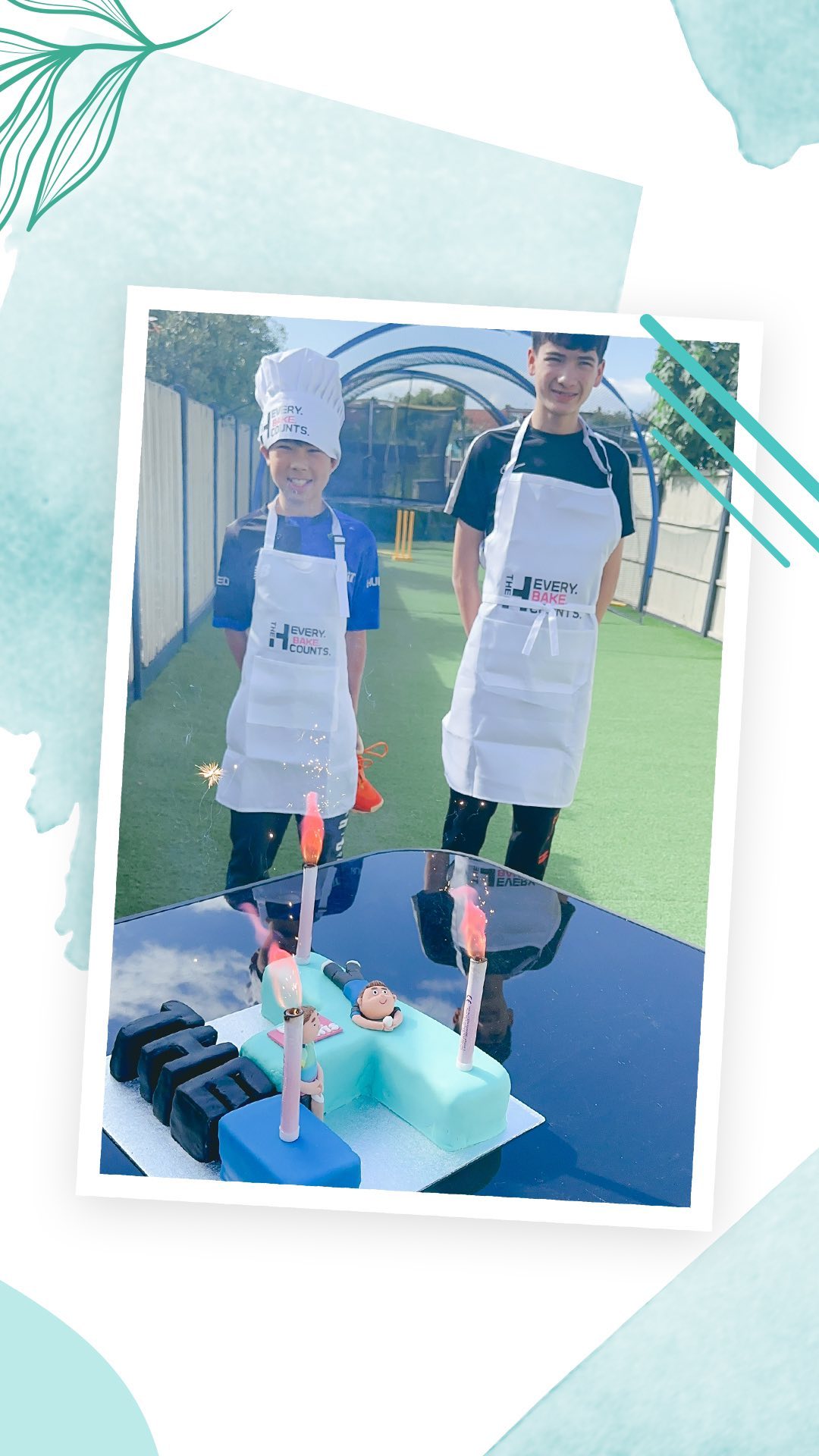
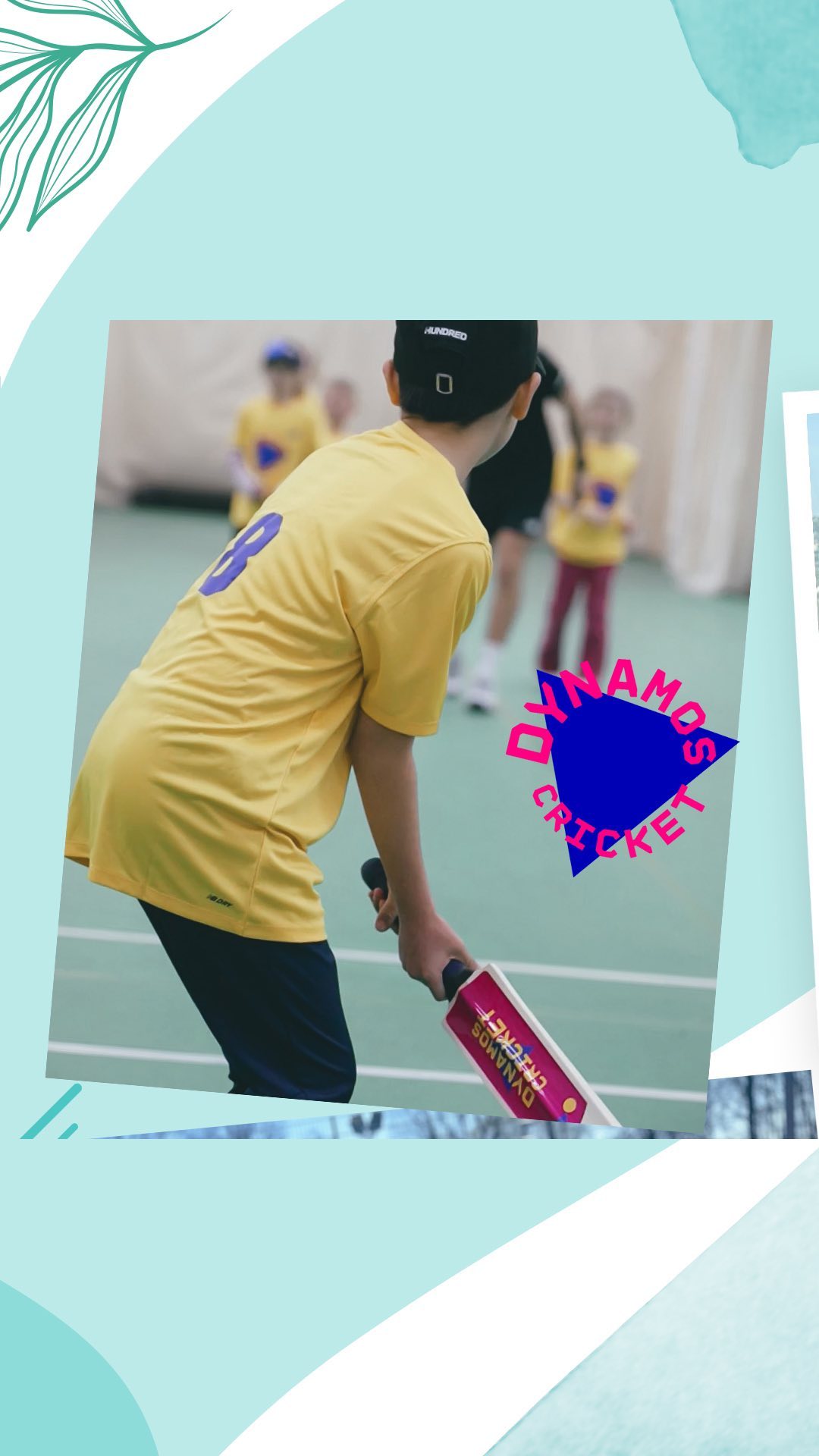
![[AD - Press visit]
We enjoyed the glorious sunshine this weekend with a trip to Brighton. We went on the @brightoni360official which is right by the sea front.
The i360 pod take a slow journey up, allowing you to take in views across Brighton and the South Downs 450ft above ground. There’s a bar inside with drinks and snacks available to purchase and the experience lasts 25 minutes.
Afterwards, we headed to the open air roller rink for a roller skating session!
The roller rink is:
⭐ Suitable for over 5s
⭐ £6.50 if you have your own skates or £9.50 if you need to hire them
⭐ 45 minutes per session
Full details to visit the i360 + skating
📍 Brighton i360, Lower Kings Road, Brighton BN1 2LN
🚗 Parking nearby (we parked in the Regency Square Car park)
🎟️ Prices start from £25.40 for an adult and £16.90 for a child
🕐 Opening hours are currently Sun-Fri 10.30am-18.30pm and until 19.30pm on Saturdays
☕️ Bar inside the i360, cafe and gift shop
Book tickets here:
https://tickets.brightoni360.co.uk/tickets/?_ga=2.195305772.1869001490.1689671753-1757164059.1689671753/#events?eventid=157](https://suburban-mum.com/wp-content/uploads/2015/04/417980235_313576471048632_3682382982231216432_n.jpg)

![[AD] ***Summer of fun at Barracudas Activity Camps!****
There is plenty for kids to do at @barracudas_activity_day_camps
From Tennis, Archery, Swimming, Motor Sports and more you can be sure that there will be something for kids aged 4.5-14. ⚽🏈🥅🎾🏓🏎️🏹🏊♂️🏉
You can book on a day by day basis - so it can fit in with any other days out/activities you have planned and there are early drop off and late pickup options available. Barracudas are also Ofsted registered so you can use your Childcare Vouchers too.
⭐⭐⭐Get £20 off a week or £4 off a day using my discount code: MARIA20⭐⭐⭐
#BarracudasActivityDayCamp #BarracudasActivityCamp #BarracudaAmbassadors #SummerHolidays #SchoolHolidays #Summer2023 #SummerCamp #DayCare #Camp #KidsCamp #surreymummy #surreymums #SummerOfFun #ActivityCamps #HolidayCamps #Childcare #SchoolHolidays #schoolholidaycamps](https://suburban-mum.com/wp-content/uploads/2024/07/353583570_625625966167953_545896259645102575_n.jpg)
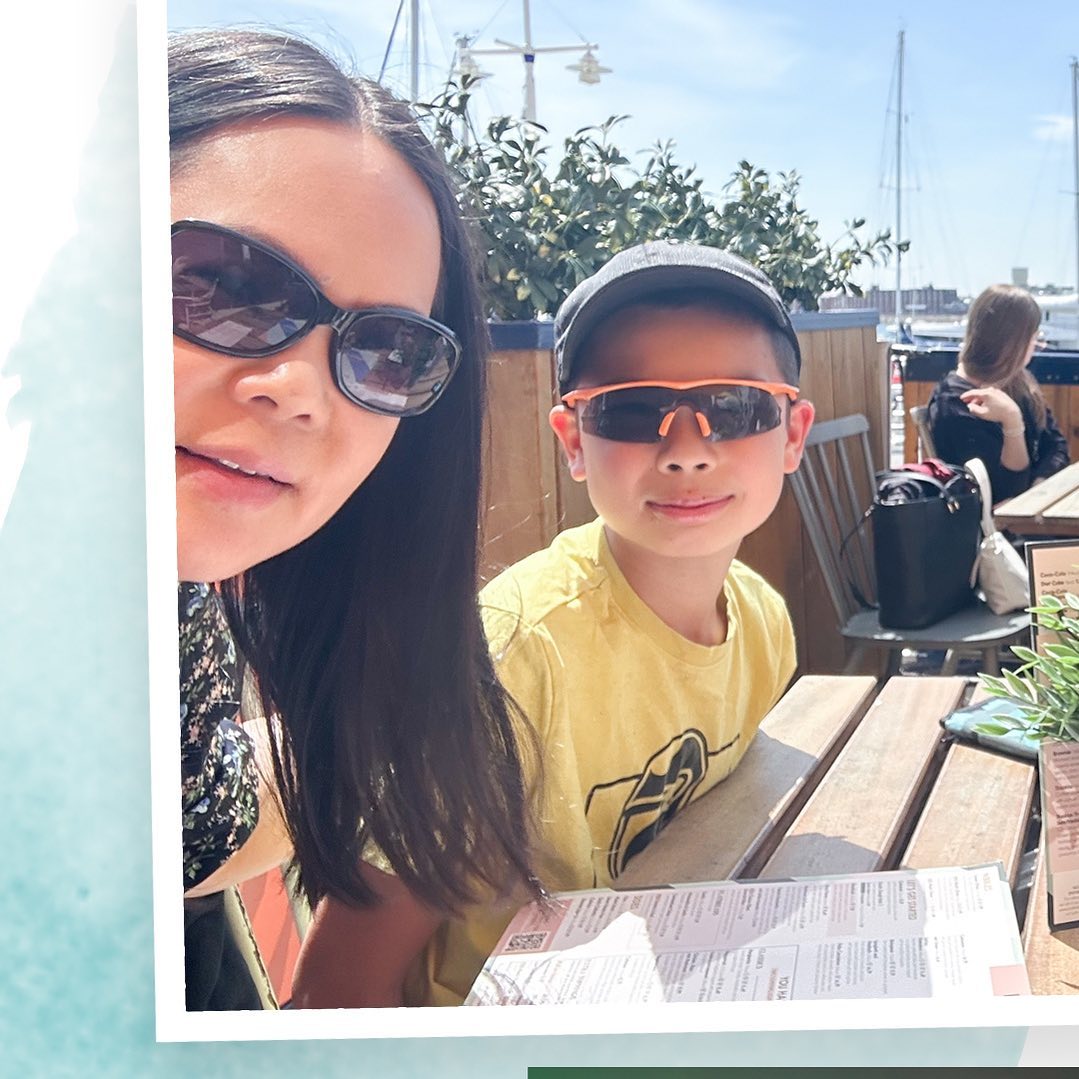


![[AD] We have some super exciting news...we have been chosen to be Laser Quest Ambassadors, and the boys are over the moon!
We are really lucky that our local Laser Quest (@laserquestkingston) is just around the corner from us. It means we can pop in of a weekend or anytime during the school holidays, and with summer just around the corner, I know Laser Quest will be one of our go-to places for some family fun.
As well as games of Laser Quest, there are also VR experiences and arcade amusements too. To find out a bit more about how Laser Quest works, you can read my blog post: https://www.suburban-mum.com/laser-quest-kingston/ (clickable link in bio)
Don't forget to keep an eye out for our Laser Quest posts - I'm going to be giving away two family passes to use at Laserquest Kingston!
If you can't wait and want to head down to Laser Quest to try it out, use the code SUMMER30 for 30% off your booking. The code is valid from now until the end of August 2023 and can be used on Laser Quest games and birthday party bookings.
#LaserquestAmbassador #Laserquest #LaserquestKingston #ActivitiesForKids #FamilyFun #DaysOutWithKids #Lasertag #LaserquestVR #Kingston #ThingsToDoInKingston #SurreyFamilyDaysOut #ThingsToDoWithKids #RainyDayFun #SurreyMummy #SurreyLife #LifeWithKids #LifeWithBoys #familyfunday](https://suburban-mum.com/wp-content/uploads/2015/04/353230107_797358078406942_2405522556733455165_n.jpg)
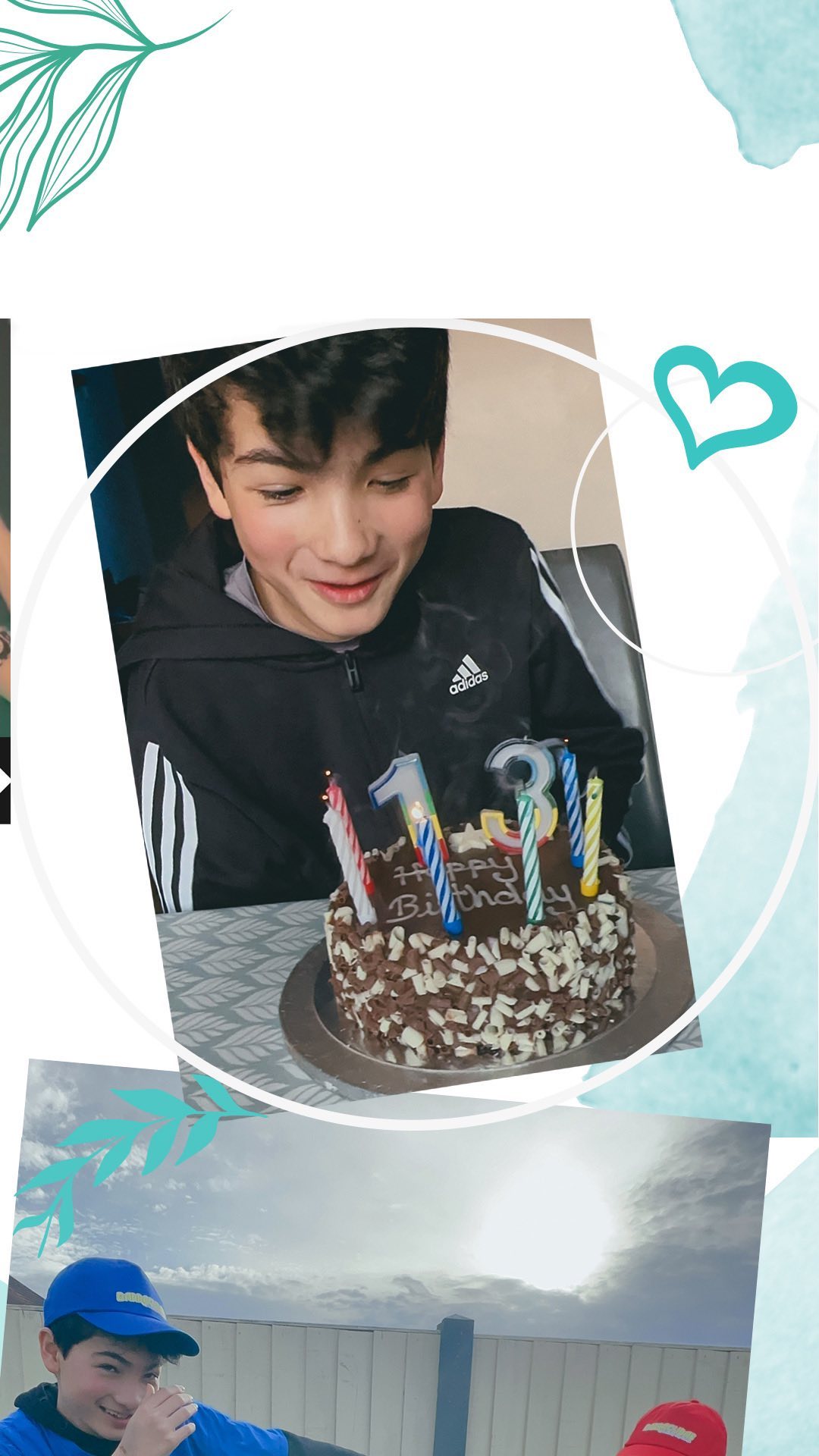
![[AD] The sun has finally made an appearance and the boys have been making the most of it by spending it
in the garden.
They’re go-to is always football and they’ve been trying to improve their aim and accuracy with the new Messi Foldable Footlball goal from the #MessiTrainingSystem range.
I love the fact the goal is foldable, making it easy to store away when not in use. It is also lightweight so you can effortlessly pack it up and take it to the park or to a friend’s house.
The Messi Foldable Football Goal retails at £36 and can be purchased from @argos
You can read my full review here: https://www.suburban-mum.com/messi-foldable-football-goal/
#TrainLikeMessi #FoldableFootballGoal #FootballSkills #OutdoorFun #LionelMessi #LeoMessi #FootballAtHome #OutdoorKids #JustGetOutside #OutdoorsAndFree #ScreenFreeKids #WhateverTheWeatherKids @flair_gp](https://suburban-mum.com/wp-content/uploads/2015/04/341194882_615024710178056_41977149395989448_n.jpg)

![[AD] We are absolutely thrilled to announce that we are Barracuda Ambassadors again this year.
With Easter just around the corner, the boys were sent the @barracudas_activity_day_camps new camp kit in preparation for the school holidays.
There’s a wide range of activities for kids aged 4.5 - 14 including Tennis, Archery, Basketball, Arts & Crafts and more.
If you like the sound of Barracudas, find out more over on their website. You can also save £20 a week or £4 a day, using my discount code: MARIA20](https://suburban-mum.com/wp-content/uploads/2024/07/336812306_765234558514317_685553691647241974_n.jpg)


![[AD - Gifted]
Last weekend we were invited to try out @tsarettaspice’s new Bottomless Brunch menu and I can tell you it was thumbs up all round!
There’s a good choice tapas on offer from Punjabi fish fingers, Indo Chinese Chicken to Spiced Lamb Scotch Eggs and Manchurian Cauliflower (which was amazing!)
If you’re local to Twickenham and fancy giving them a try here’s are the details.
Tsaretta Spice Bottomless Brunch
⭐️£37.50 per head for bottomless Prosecco or cocktail of the day
⭐️£55 per head for bottomless Champagne
⭐️ Food included: 4 tapas selections and dessert or 2 tapas selections, a pav or naanwich and dessert
⭐️ Non-alcohol brunch is also available
Tsaretta Spice
55 Church Street
Twickenham
TW1 3NR
You can also read our full review over on the blog (link in bio)](https://suburban-mum.com/wp-content/uploads/2024/07/334565436_5960402314015030_663031098700829518_n.jpg)



